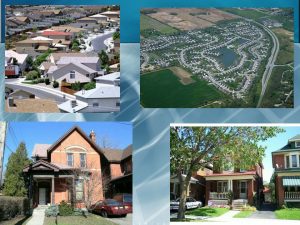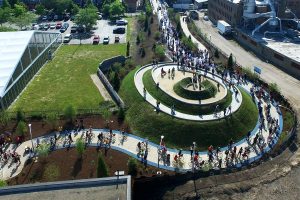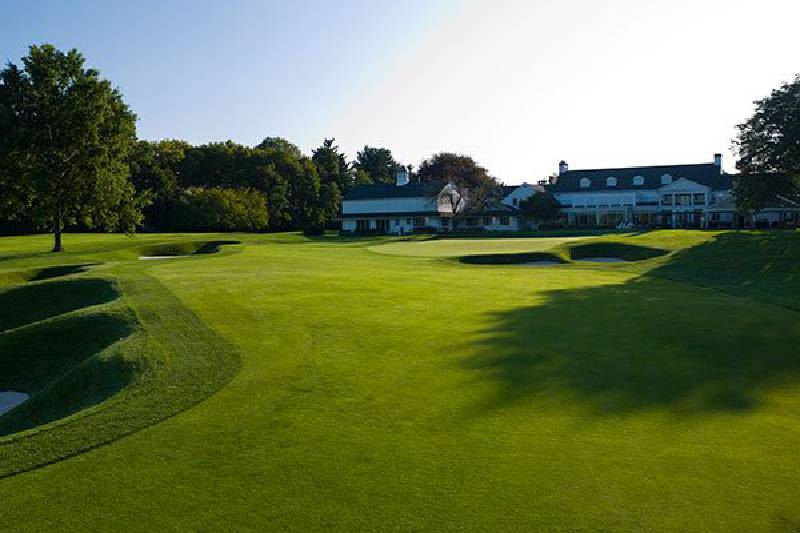Examples Of Land Reusage All Around The World
A golf course in Akron, Ohio is changing into a park. It has been replanted with innate trees. In the same way, in Kent (Washington), a latest combined use apartment complex is in the construction stage on another golf course. A golf course close to Palm Springs is transforming into a combined use agrifood. It is a land area filled with olive groves of about 75 acres. It will be utilized in producing olive oil. A large solar farm in Japan has been developed in the place of a large 27 hole course.
Jerry from Dwellion comments about the land re-usage, repurpose and reuse of golf courses. He commented that there had been land shortages due to fast growth suburbs and cities and there are also too much of golf courses around the world. He added that we could expect to see a future where a more significant push will be there to redevelop the golf courses land into useful things.
 The National Golf Foundation has shared a report that about 200 golf courses were shut down in the United States in 2017. There has been a rush to develop courses before the stagnation and thousands were opened in the year from 1998 to 2006. In several areas, along with new housing development, closure of golf courses began. Since 2005, more than 1200 golf course shave been closed.
The National Golf Foundation has shared a report that about 200 golf courses were shut down in the United States in 2017. There has been a rush to develop courses before the stagnation and thousands were opened in the year from 1998 to 2006. In several areas, along with new housing development, closure of golf courses began. Since 2005, more than 1200 golf course shave been closed.
It is mainly because of the public park systems and private developers. They are witnessing the situation and making such decisions. Are you wondering what is unique in the closure of golf courses? Well, the closed golf courses are converted into nature preserves or parks.
In Detroit, a closed course has been converted into a park. It serves as land to capture stormwater and with nature trails. Bothell city is located close to Seattle. It has purchased a golf course which is about 87-acres to develop the public open area and to reinstate wildlife habitat.
In the same way in Wisconsin, a golf course has been transformed into forested areas and wetlands to aid migratory birds. In Florida (Eaglewood), the golf course has become a wildlife preserve.
How Parks Can Be Reused?
In some instances, the parks were considered for housing development; however, neighbors of the park did not permit.
In places where there is a shortage of housing, NIMBYism has challenged with a hope of developing homes on the golf courses. As the golf courses remain in wealthier neighborhoods, the open space increases the values of home and most residents living near the course wish to preserve their views. Here – https://www.centennialparklands.com.au/stories/2018/five-ways-we-reduce-reuse-and-recycle-in-the-park, ways to recycle in the parklands.
The neighbors in Denver have opposed the idea of changing a golf course to an affordable housing structure. They wanted the land area to remain as a plain open space. In New Jersey, when the developer planned to build housing communities, the residents raised issues about traffic.
The developers are successful when they attempt to keep the open land areas just as a plain portion. In San Diego, a latest proposed development covers plans for about 100 acres of open space and public parks close to the San Diego River. They shared that they have around 200 acres of land area and they have planned to set 100 acres just as open area. They have planned to set up as recreational space to people who have been paying to play golf here.
Benefits of Land Recycling
Developers try to increase their land value and have well recognized that amenities are best value drivers. The  development of golf courses has been a popular amenity for the past half-century. However, its popularity has been diminishing, and due to too much presence of golf courses, the developers are planning to set up other amenities to add value and differentiate their product. Along with the diminishing demand, sustainability has also influenced the decisions of several consumers and developers.
development of golf courses has been a popular amenity for the past half-century. However, its popularity has been diminishing, and due to too much presence of golf courses, the developers are planning to set up other amenities to add value and differentiate their product. Along with the diminishing demand, sustainability has also influenced the decisions of several consumers and developers.
Latest developments are concentrating on a more profound and less impactful kind of development. The combination of trends has helped the developers to concentrate on setting up alternative amenities like community centers, urban parks, organic farms, and open space preserves.
The new amenities developed remain as a unique centerpiece for several new developments. In several cases, it represents a better value suggestion than usual golf developments through higher revenues, cost savings, or both. As the demand for golf courses is less now, the high demand for other amenities is resulting in a fight between developers and environmentalists.



